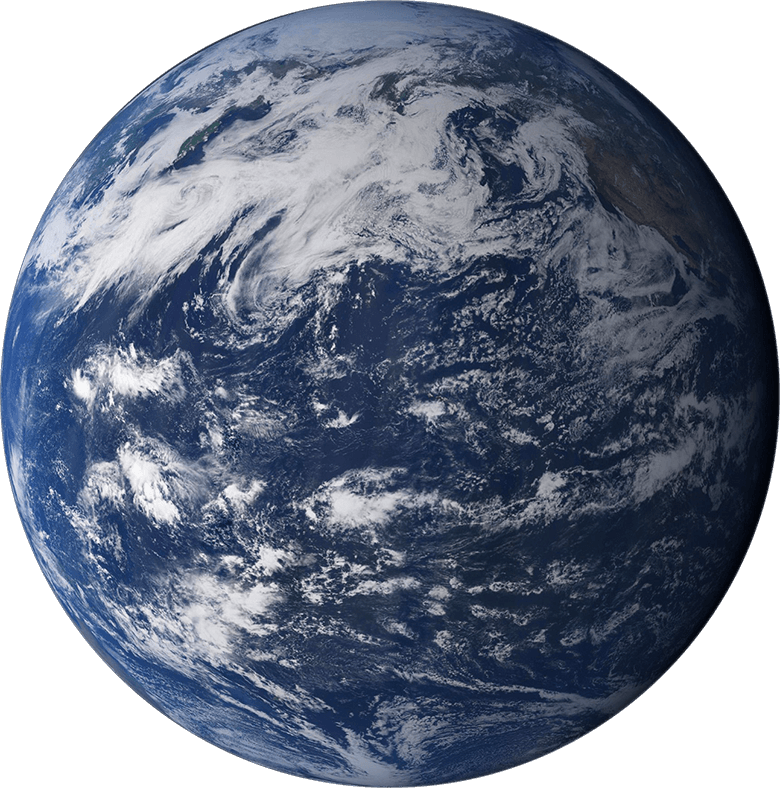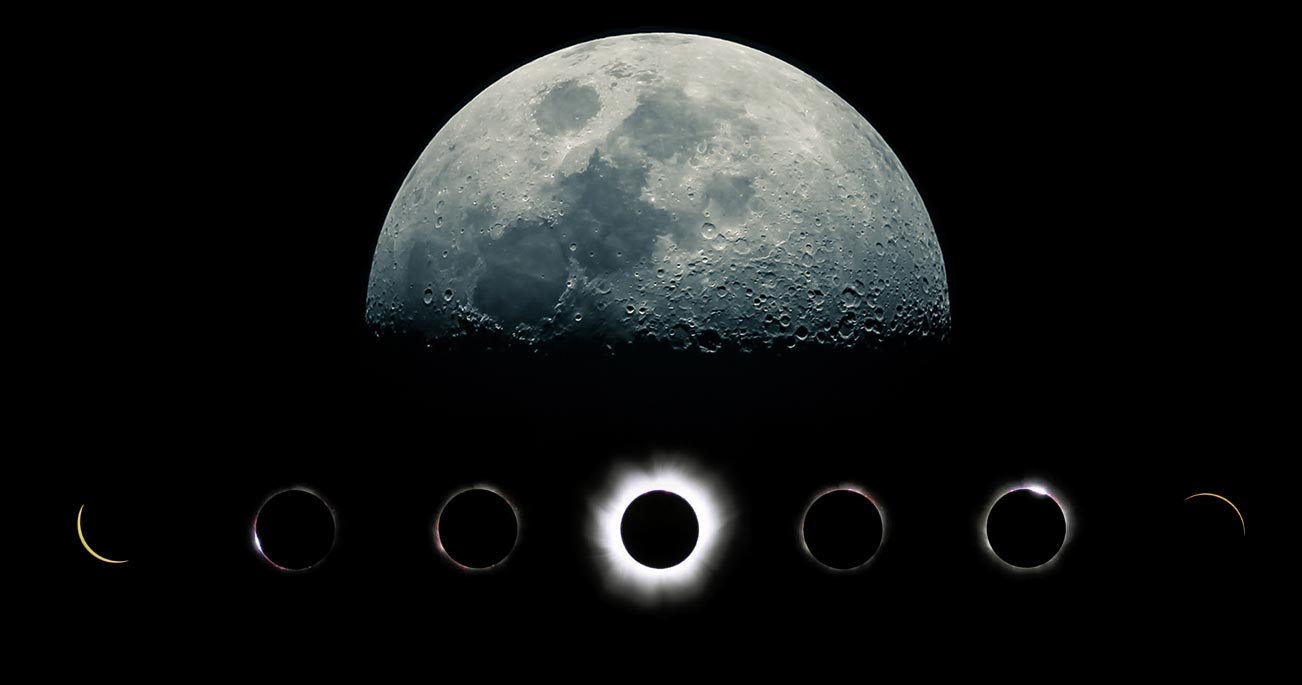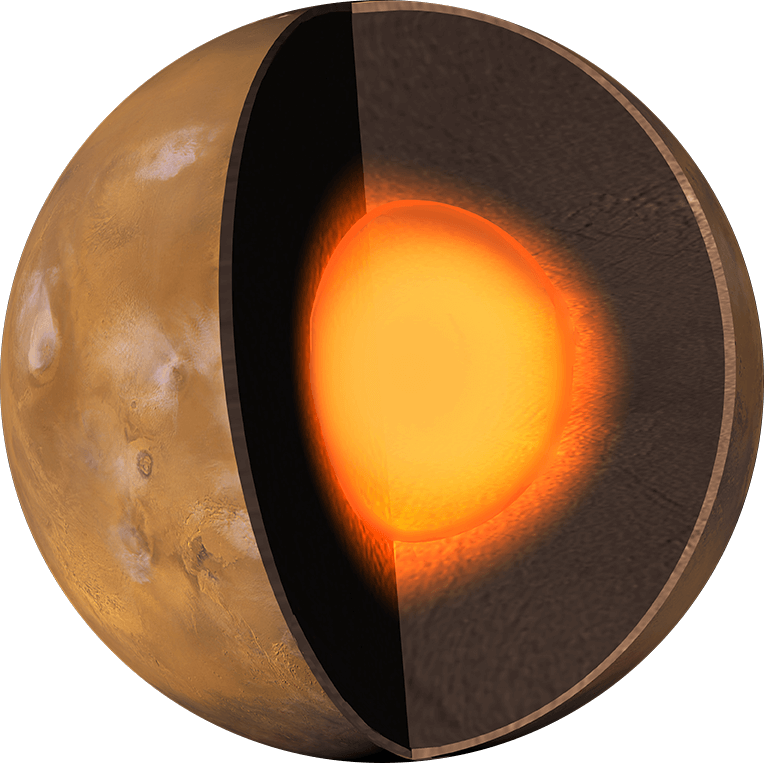THE EARTH
Earth is the third planet in our solar system from the Sun.
* Position: Earth is located in the habitable zone of the solar system, the region around the Sun where conditions are suitable for supporting life.
* Orbit: Earth orbits the Sun in approximately 365.25 days, following an elliptical orbit.
* Rotation: Earth rotates on its axis in approximately 24 hours, determining the day-night cycle.
* Axial tilt: Earth's rotation axis is tilted approximately 23.5° from the plane of its orbit around the Sun, which determines the seasons.
* Atmosphere: Earth has an atmosphere composed primarily of nitrogen (78%) and oxygen (21%), which protects life on its surface.
* Satellites: Earth has only one natural satellite, the Moon, which orbits Earth in approximately 27.3 days.
These astronomical features make Earth a unique planet suitable for supporting life.
.
The Earth's chemical composition:
1. Oxygen (46.6%): Found primarily in rocks and minerals.
2. Silicon (27.7%): Found in rocks and minerals.
3. Aluminum (8.1%): Found in rocks and minerals.
4. Iron (5.0%): Found in the core and rocks.
5. Calcium (4.2%): Found in rocks and minerals.
6. Sodium (2.8%): Found in rocks and minerals.
7. Potassium (2.6%): Found in rocks and minerals.
630,000 km
Earth's atmosphere extends to a distance of approximately 630,000 kilometers from the Earth's surface, although most of the atmospheric mass is located within the first 100–120 kilometers. However, the exact extent of the atmosphere can vary depending on the definition used.

SOLAR SYSTEM
The Solar System! It's a collection of planets, moons, asteroids, comets, and other objects orbiting our Sun. Here's a general overview:
The Sun: The Sun is the central star of the solar system, a huge ball of glowing gas that provides light and heat to the planets.
The Planets: There are 8 planets in the solar system, divided into two categories:
Inner planets (or terrestrial planets): Mercury Venus Earth Mars Outer planets (or gas giants): Jupiter Saturn Uranus Neptune
Other objects:
Moons: Many planets have moons orbiting them.
Asteroids: Small, rocky objects orbiting the Sun, primarily in the asteroid belt between Mars and Jupiter.
Comets: Icy objects orbiting the Sun, known for their tails of gas and dust.
Meteoroids: Small, rocky objects that can enter Earth's atmosphere and become meteors (shooting stars).
Characteristics of the Solar System:
The solar system formed about 4.6 billion years ago from a cloud of gas and dust.
The inner planets are rocky and have solid surfaces, while the outer planets are gas giants with extensive atmospheres.
The solar system is dominated by the Sun, which accounts for about 99.8% of the system's total mass.

The Solar System formed 4.6 billion years ago from the gravitational collapse of a giant interstellar molecular cloud.
The Sun is a G-type (yellow) star on the main sequence, composed primarily of hydrogen (about 75% by mass) and helium (about 24% by mass). Heavier elements, such as oxygen, carbon, nitrogen, iron, and others, account for about 1% of the total mass.
The Sun is the primary source of energy for our solar system. The heat and light emitted by the Sun are essential for life on Earth and our planet's climate. Solar energy is used in various ways:
1. Photosynthesis: Plants use light energy to convert carbon dioxide and water into carbohydrates and oxygen.
2. Renewable energy: Solar energy can be converted into electricity using solar panels.
3. Heating: The Sun's heat directly influences Earth's climate and weather.
THE MOON

The astrophysics of the Moon and its phases is a fascinating subject that involves understanding its orbit, its interaction with the Earth and the Sun, and the resulting phenomena.
The Moon and its Orbit
The Moon is Earth's natural satellite and orbits our planet at an average distance of approximately 384,400 kilometers. Its orbit is elliptical, meaning the distance between the Moon and Earth varies slightly throughout the month. The Moon takes approximately 27.3 days to complete one orbit around the Earth.
The Phases of the Moon
The phases of the Moon are determined by the amount of sunlight the Moon reflects toward Earth as it orbits our planet. The phases are caused by the changing angle between the Moon, Earth, and the Sun.
Here are the main phases of the Moon:
1. New Moon (or "new moon"): The Moon is between the Earth and the Sun, so the side of the Moon facing Earth is not illuminated by the Sun.
2. Waxing Moon: The Moon begins to be visible in the western sky after sunset, as the amount of reflected sunlight increases.
3. First Quarter: The Moon is half illuminated, with the right half visible from Earth.
4. Waxing Gibbous Moon: The Moon continues to become increasingly illuminated, until it is almost full.
5. Full Moon: The Moon is fully illuminated by the Sun, as it is on the opposite side of the Earth from the Sun.
6. Waning Gibbous Moon: The amount of reflected sunlight begins to decrease.
7. Last Quarter: The Moon is half illuminated, with the left half visible from Earth.
8. Waning Moon: The Moon is visible in the eastern sky before sunrise, as the amount of reflected sunlight continues to decrease.
MARS
Mars is the fourth planet in the solar system from the Sun.
It has a diameter of approximately 6,794 km, about half that of Earth.
Its surface is characterized by craters, canyons, and volcanoes.
Atmosphere and Climate
Mars' atmosphere is very thin and composed primarily of carbon dioxide (95.3%).
Atmospheric pressure is approximately 1% that of Earth.
The climate is very cold, with temperatures that can drop to -125°C at night and rise to 20°C during the day.
Geology
The surface of Mars is characterized by impact craters, canyons, and volcanoes.
The largest volcano in the solar system, Olympus Mons, is located on Mars and is approximately 27 km high.
The geology of Mars suggests that the planet had a aquatic past, with the presence of rivers and lakes.
Exploration
Mars has been explored by several space probes, including NASA's Mariner 4 (1964), Viking 1 and 2 (1976), Mars Pathfinder (1996), and the Curiosity Rover (2012).
The Curiosity Rover discovered evidence of water on Mars and studied the planet's geology.
The moons of doom
Mars has two natural moons: Phobos and Deimos. Both were discovered in 1877 by astronomer Asaph Hall. The name comes from Greek mythology, where Phobos and Deimos were the sons of the war god Ares (known to the Romans as Mars). Phobos and Deimos are small, irregular moons, likely asteroids captured by Mars's gravity.
Terraforming
Terraforming Mars is a hypothetical concept that involves modifying the Martian environment to make it more similar to Earth's, making it habitable for humans and other life forms. This process would require a series of significant interventions, including:
1. Planetary warming: increasing the average temperature of Mars to make it more similar to Earth's.
2. Atmosphere creation: adding atmospheric gases to create a pressure and chemical composition similar to Earth's.
3. Altering atmospheric chemistry: altering the chemical composition of the atmosphere to make it more similar to Earth's.
Terraforming Mars is a topic of debate among scientists and engineers, as it presents numerous challenges and uncertainties.


